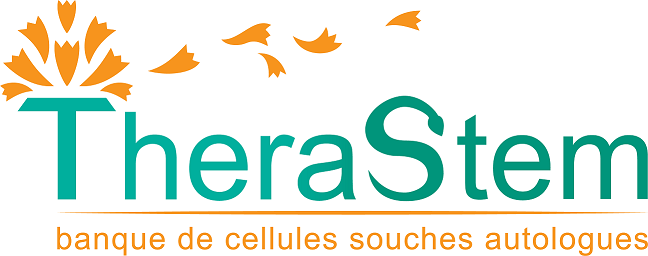
The Department of Tissue Biology and Chemical Communication
As an expert in semiochemistry, IRSEA is a leader in its field and is pushing its field of expertise ever further.
In the Department of Tissue Biology and Chemical Communication, we want to deepen our knowledge by trying to understand the mechanism related to pheromone detection.
The mission of the department is to study the cells, tissues and organs involved in chemical communication in animals. Our studies provide a better understanding of the structure and function of the receptor organs of semiochemicals (such as the vomeronasal organ) and of the glands involved in the secretion of these molecules.
Part of our work is focused on describing the alterations that can affect these structures in order to understand their impact on the behaviour and well-being of animals. These alterations can be caused by inflammatory phenomena, but also by degenerative phenomena related to the age of the animal.
For example, we have observed that an inflammation of the eomeronasal organ can influence the behaviour of the animal, which in some cases can lead to aggression towards individuals belonging to the same species. Our studies aim to explore these conditions in all species, for example in farm animals such as pigs, which are commonly subject to this inflammation, but also in cats and sheep.
In parallel, we are working on the use and efficacy of autologous olfactory stem cell transplants to treat several diseases that affect animals and humans, such as cerebral ageing or various osteoarticular pathologies. We were able to observe that olfactory stem cells had the capacity to proliferate more rapidly than cells taken from other sources. As adult cells coming from a perpetually regenerating tissue, their multiplication cycle is regulated, which means that they do not present any risk of tumour formation or retain their therapeutic properties whatever the age or condition of the animal.
The use of autologous grafts is used as a therapeutic agent and proposed via veterinarians to dog and horse owners through the entity of the Group-IRSEA: TheraStem.

